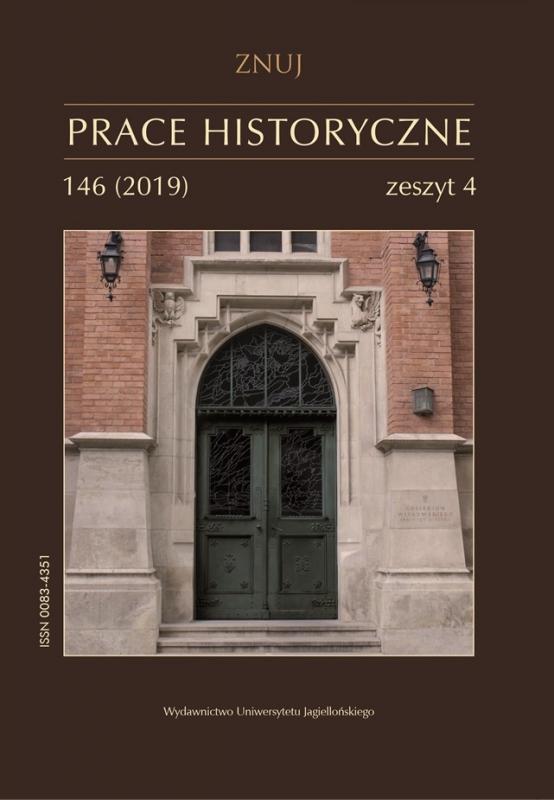Islandzka dziesięcina w świetle teorii grup interesu
An interest group theory of the Icelandic tithe
Author(s): Włodzimierz GogłozaSubject(s): History
Published by: Wydawnictwo Uniwersytetu Jagiellońskiego
Keywords: tithe; medieval Iceland; public choice theory; interest group theory / dziesięcina; średniowieczna Islandia; teoria publicznego wyboru; teoria grup interesu
Summary/Abstract: Iceland was the first Nordic country which introduced mandatory tithe. According to the medieval authors the swift introduction of the church tax in Iceland was a result of an extraordinary deference Icelanders showed towards the bishop Gissur Ísleifsson. Contemporary scholars, on the other hand, point to the unusual structure of the church tax itself as the reason behind the acceptance of tithe by Icelanders. The Icelandic tithe was divided into four parts, two of which were collected by the wealthy owners of private churches. Therefore, some scholars argue, the tithe law of 1097 favored the most powerful members of society, who could impose their will on others without facing significant resistance. The aim of this article is to analyze the introduction of tithe in Iceland using the basic tools of the Public Choice School of economics – the interest group theory, and the free rider theory.
Journal: Prace Historyczne
- Issue Year: 146/2019
- Issue No: 4
- Page Range: 673-687
- Page Count: 15
- Language: Polish

